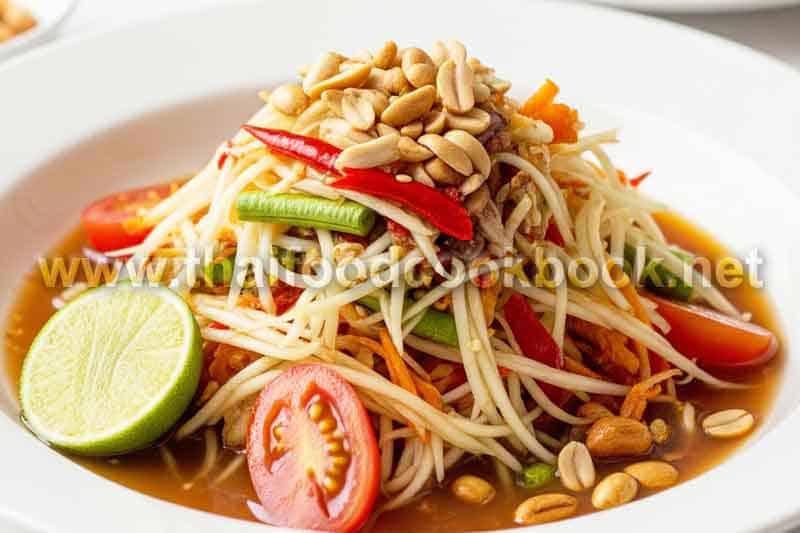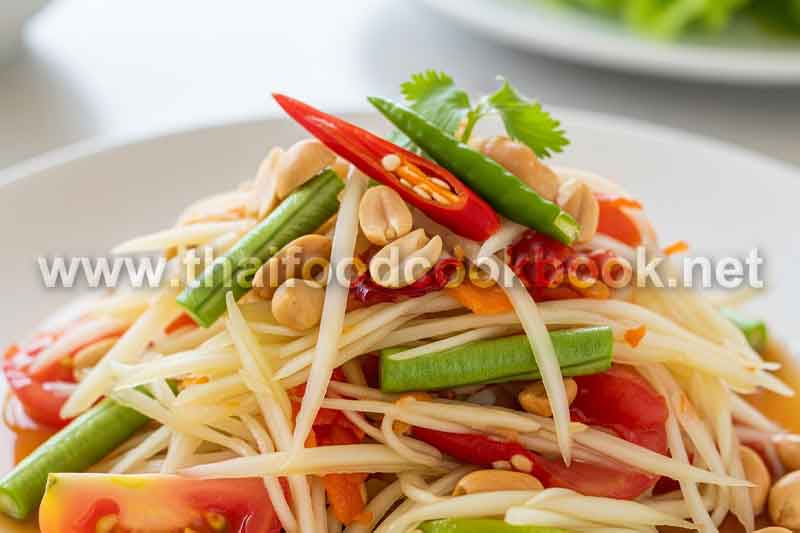How to stop Pad See Ew from sticking to the pan
If you struggle with sticky noodles and wonder how to stop Pad See Ew from sticking to the pan, the main solution is mastering heat control, noodle preparation, and the timing of when to add sauces. Rice noodles are delicate, and when the wok or pan is not hot enough, they release starch and glue themselves to the surface. When overheated without oil, the noodles burn instead of browning. Proper lubrication, high heat, and tossing technique all work together to prevent clumping and tearing. A well-executed stir-fry should leave the noodles glossy, separate, and evenly charred, not stuck or mushy. Understanding why noodles stick—moisture, lack of oil, or poor timing—will help you correct your technique and make silky, restaurant-style Pad See Ew at home.
Why Pad See Ew sticks and how moisture affects the noodles
The biggest reason Pad See Ew sticks is excess moisture from freshly steamed noodles or chilled noodles that have condensation on the surface. When water hits hot metal, it creates steam, and steaming noodles inside the wok softens them too much and causes tearing. Another common issue is not oiling the noodles before stir-frying, especially when they are stored or taken from the fridge. Rice noodles must be intentionally coated so the starch stays sealed. The pan must also be preheated before anything touches it, since cold oil on a cold pan gives noodles more contact time and encourages sticking. A quick wipe of oil on the wok’s surface before cooking also creates a protective barrier.
- Using wet or freshly steamed noodles without resting or drying
- Not reheating or loosening refrigerated noodles with a light coating of oil
- Starting with a cold pan or low flame
- Adding sauce too early, turning the dish into a boil instead of a fry
- Crowding the pan, which traps moisture and drops the temperature
Heat is your friend in stir-frying. A roaring flame ensures the noodles sear immediately instead of softening and sticking. When the noodles hit hot metal with adequate oil, the outer layer caramelizes quickly and becomes non-stick on its own, even without a non-stick pan.
Best techniques for preventing sticking while cooking Pad See Ew
Preventing sticking is mostly about handling the noodles properly before they ever reach the wok. If your noodles come from the fridge, loosen them first by microwaving briefly or soaking in warm water for a few seconds, then drain and coat lightly in oil. This prevents clumps before you even begin cooking. When stir-frying, heat the wok until lightly smoking, then swirl oil around the surface. Proteins like egg or meat should be partially cooked first to create an initial layer of oil and flavor before noodles are added. Sauce should be poured around the sides of the wok, not directly onto the noodles, so it evaporates rather than soaking them.
- Preheat the pan until lightly smoking
- Oil the noodles before stir-frying
- Toss quickly and avoid pressing the noodles into the pan
- Add sauce around the wok walls, not on top of noodles
- Cook in batches to maintain high heat
You also want a wide pan or wok with room for the noodles to be tossed openly. A crowded pan traps steam, and steam makes noodles break apart and stick more aggressively than dry heat ever would.
Heat timing, oil control, and wok preparation
Even if your ingredients are perfect, technique matters. Start with aromatics, sear the protein, then add noodles quickly so they contact oil before starch rehydrates. Toss with a spatula instead of pushing or scraping, which can grind the noodles into the steel. Once the noodles soften and coat in oil, create a gap at the wok’s edge where you drizzle the sauce, letting it singe before mixing. This prevents sogginess and encourages that signature smoky char.
When using fresh wide rice noodles (sen yai), tear them gently by hand before cooking and avoid stirring too much—Pad See Ew is tossed, not stirred. This is the secret reason wok chefs create glossy, chewy noodles without tearing or sticking.
Final summary and key takeaway
Stopping Pad See Ew from sticking is all about prep: dry, oiled noodles; a blazing-hot pan; sauce added at the right moment; and enough space for tossing instead of steaming. If the noodles go into a properly heated wok with a thin oil film and move quickly under high heat, they will caramelize instead of glue down. For more technical stir-fry technique, learning traditional wok handling methods from wok skills can help refine your approach and deliver consistent restaurant-style results.

